200 ‘Waste-to-Resources’ sites

Terms of the action or commitment
In 2021, global challenges with supply chains, material shortages, and increased visibility towards waste pollution such as ocean plastics have reaffirmed what Schneider Electric has known and strived towards for years: the depletion of the Earth’s resources in the current linear take-make-dispose models of resource consumption are not economically or environmentally sustainable and must be replaced with circular economy models. In its previous program, Towards Zero Waste to Landfill, the Group put a strong emphasis on diverting waste from the landfills through alternative solutions. The Group achieved 206 sites meeting its stringent requirements of 99% metal waste recovery, 97% nonmetal waste recovery, and 100% hazardous waste recovery using the best available handling/treatment options available locally. This helped the Group to achieve 96% waste recovery across its operations overall.
In its new program, ‘Waste-to-Resource’, Schneider pushes further with its waste recovery ambitions. Sites now must achieve 99% recovery for all non-hazardous waste and still achieve 100% hazardous waste recovery using the best available handling/ treatment options locally. Additionally, to promote and emphasize the importance of circular economy, ‘Waste-to-Resource’ sites will not be allowed to use waste-to-energy solutions for more than 10% of their waste. This provides an opportunity for sites to work collaboratively within their internal supply chains, along with external suppliers and waste management providers to find innovative reduce, reuse, and recycle solutions.
Two main levers are investigated as part of the ‘Waste-to-Resource’ program: first, all sites generating hazardous waste ensure visibility of handling and end-of-life treatment paths. They also seek to add value to waste as much as possible (through material or energy recovery) while neutralizing its hazardous nature. Second, top hazardous waste-generating sites work to reduce the volumes of waste generated in the first place, notably by implementing “Best Available Techniques” (BAT) in their industrial processes. Such BAT processes come along with superior performance from a resource efficiency perspective, and/ or chemical substances use, and/or emission reductions. By 2025, the ambition is to reduce hazardous waste intensity by 30% against the 2017 baseline.
In its new program, ‘Waste-to-Resource’, Schneider pushes further with its waste recovery ambitions. Sites now must achieve 99% recovery for all non-hazardous waste and still achieve 100% hazardous waste recovery using the best available handling/ treatment options locally. Additionally, to promote and emphasize the importance of circular economy, ‘Waste-to-Resource’ sites will not be allowed to use waste-to-energy solutions for more than 10% of their waste. This provides an opportunity for sites to work collaboratively within their internal supply chains, along with external suppliers and waste management providers to find innovative reduce, reuse, and recycle solutions.
Two main levers are investigated as part of the ‘Waste-to-Resource’ program: first, all sites generating hazardous waste ensure visibility of handling and end-of-life treatment paths. They also seek to add value to waste as much as possible (through material or energy recovery) while neutralizing its hazardous nature. Second, top hazardous waste-generating sites work to reduce the volumes of waste generated in the first place, notably by implementing “Best Available Techniques” (BAT) in their industrial processes. Such BAT processes come along with superior performance from a resource efficiency perspective, and/ or chemical substances use, and/or emission reductions. By 2025, the ambition is to reduce hazardous waste intensity by 30% against the 2017 baseline.
Levers mobilized for circular economy (according to Ademe)
Implementation timeline
Starting year
2021
Ending year
2025






